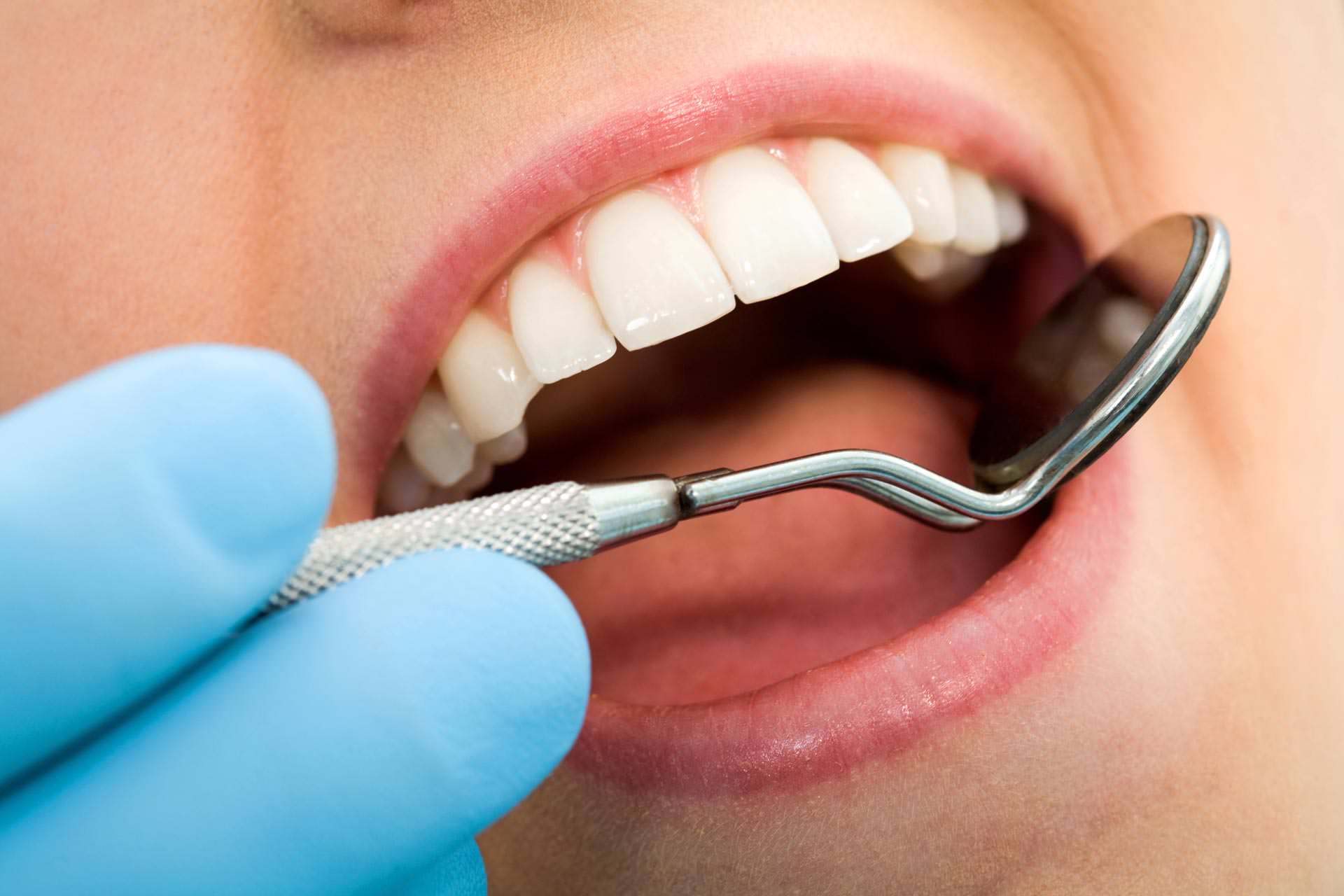Diagnostic & Preventative
Diagnostic & Preventative services at Delaware Dental allow you to check up on health of your teeth and prevent any further damage done to them. Please see below the list of the diagnostic & preventative services that Delaware Dental provides at it's Chicago location.
EXAM
During your dental exam, the dentist will:
- Evaluate your overall health and oral hygiene
- Evaluate your risk of tooth decay, root decay, and gum or bone disease
- Evaluate your need for tooth restoration or tooth replacement
- Check your bite and jaw for problems
- Remove any stains or deposits on your teeth
- Demonstrate proper cleaning techniques for your teeth or dentures
- Assess your need for fluoride
- Take dental X-rays or, if necessary, do other diagnostic procedures
X-RAYS
A dental X-ray allows the dentist to see detailed images of your mouth. Various types of dental X-rays are available, including:
- Bitewing. This type of X-ray allows the dentist to see the crowns of the upper and lower teeth. During a bitewing X-ray, you'll bite down on the X-ray film holder while the X-ray images are being taken.
- Periapical. This type of X-ray allows the dentist to see the entire tooth and the surrounding bone.
- Occlusal. This type of X-ray allows the dentist to see the way the upper teeth and corresponding lower teeth fit together when the jaw is closed.
- Panoramic. This type of X-ray gives the dentist a broad view of the entire mouth.
- Cone beam computerized tomography. This type of X-ray provides a 3-D view so that the dentist can better gauge the spacing of teeth and adjacent structures.
Cleaning
The purpose of dental cleaning is to prevent the buildup of plaque, the sticky film of bacteria and food that forms on the teeth. Plaque adheres to the crevices and fissures of the teeth and generates acids that, when not removed on a regular basis, slowly eat away, or decay, the protective enamel surface of the teeth, causing holes (cavities) to form.



